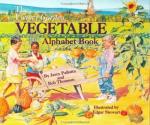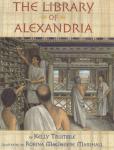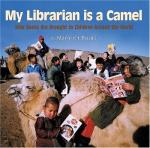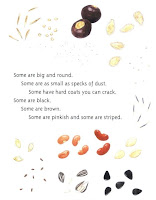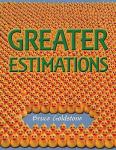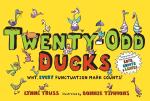Elementary
A Million Dots
There are indeed a million dots in the book, although the book states it would take over eleven days for the reader to actually count them! On each page one of the dot numbers is highlighted and a large illustration depicts what that number represents. For instance, dot number 265,000 represents the number of different kinds of moths and butterflies on earth, and dot number 615,100 represents the number of words in the Oxford English Dictionary.
My Librarian is a Camel
The libraries I grew up with did not even resemble what we have available today... truly. I am not able to go to my weekly visits to the library without being amazed at how fortunate we are. This friendly book will help your children appreciate what some other children in the world go through to be able to borrow a book!
Going beyond that, the book has information and maps on each country discussed and lots of fun photographs!
Greater Estimations
You may have enjoyed, like we have, Great Estimations in the past. I was happy to find in the library this week a brand new sequel by the same author!
Twenty-Odd Ducks
Lynne Truss does it again, this time stressing the correct use of the hyphen, parenthesis, question and exclamation marks and also more comma use. I feel that my younger kids will have a wonderful and visual grasp of punctuation as they grow up exposed to Truss' humor and fresh approach to grammar! If you haven't enjoyed her first punctuation picture books, don't miss them: Eats, Shoots and Leaves and The Girl's like Spaghetti!

